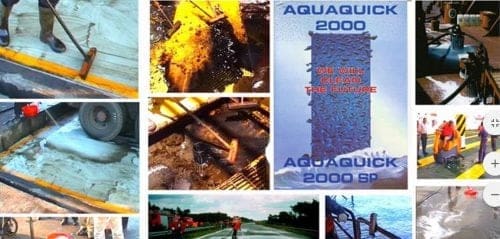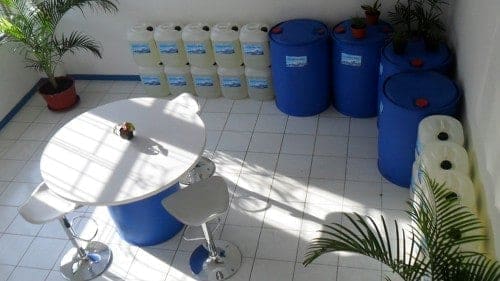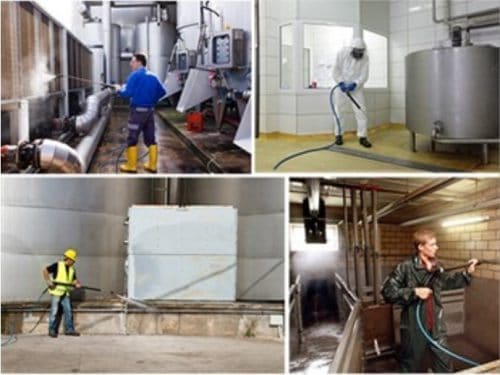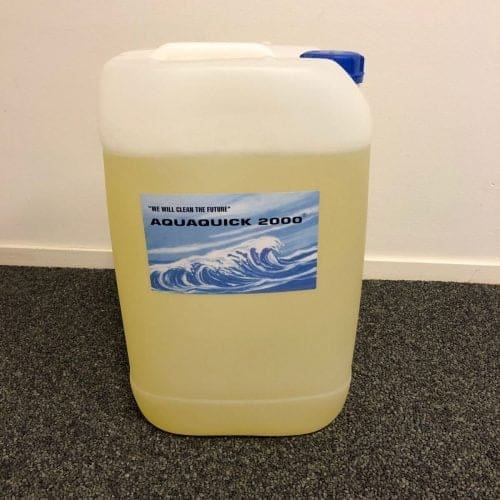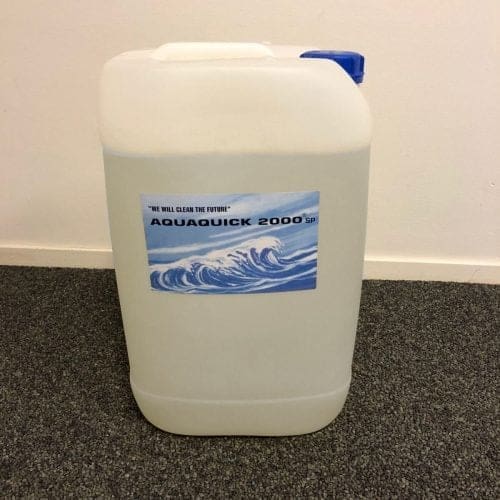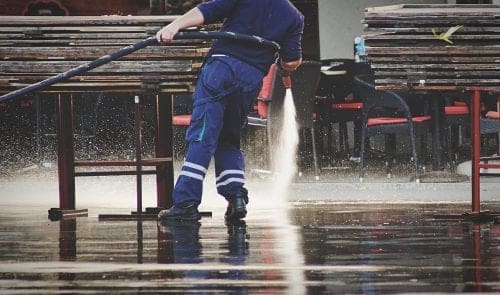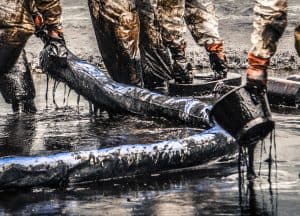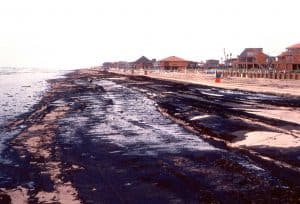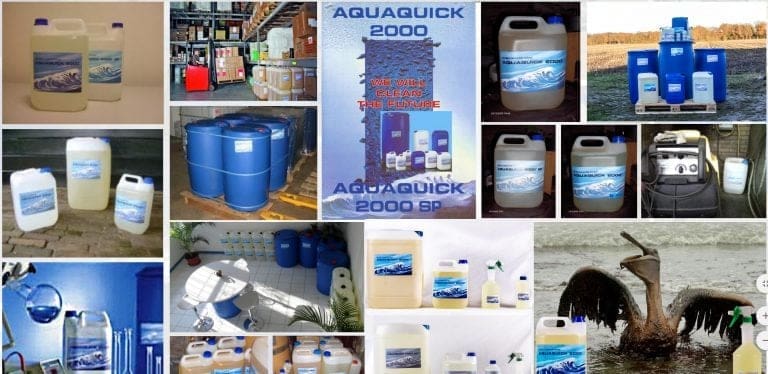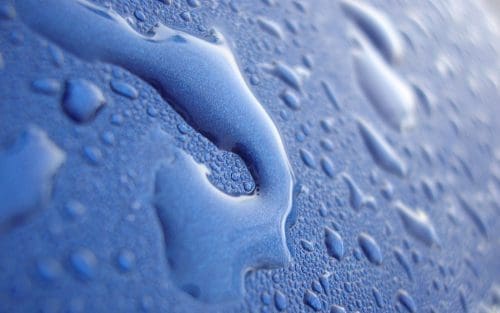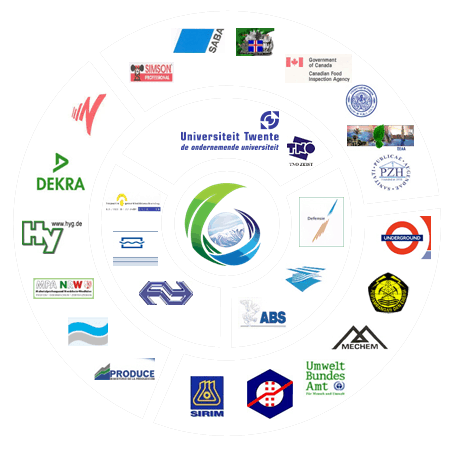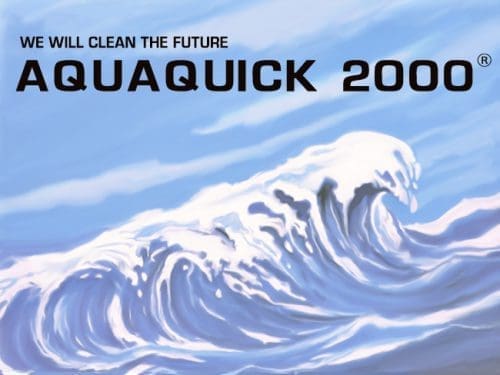Heavy sludge buildup in oil storage tanks is a persistent and costly challenge, especially in the energy sector. At the Petroleum Development Oman (PDO) site, AQUAQUICK 2000 was deployed as the primary очистка резервуаров agent to safely and effectively remove dense hydrocarbon sludge during a major tank maintenance operation. This project showcased how AQUAQUICK 2000 excels as a tank cleaning solution in high-demand environments—without the risks associated with harsh solvents or abrasive methods.
The Challenge: Thick, Settled Sludge
The storage tank in question had accumulated layers of sticky, compact sludge over time—typical of long-term oil residue settling. Such conditions make manual entry dangerous and slow, while traditional chemical degreasers often fall short or damage tank linings. The team needed a product that could dissolve thick hydrocarbons quickly, maintain coating integrity, and be safe for both workers and the environment.
Why AQUAQUICK 2000 Was Chosen
AQUAQUICK 2000’s formulation is designed to break down hydrocarbons on a molecular level, allowing sludge to release from tank walls and base plates with minimal effort. Unlike traditional cleaners, it doesn’t damage paint, coatings, or steel surfaces, making it ideal for long-term tank preservation.
Benefits of using AQUAQUICK 2000 at the PDO site:
- Breaks down sludge into removable emulsions
- Safe for internal coatings and metal structures
- Reduces need for manual scraping or confined space entry
- Environmentally friendly and non-toxic
Cleaning Process: From Sludge to Spotless
- Dilution and Application:
- AQUAQUICK 2000 was mixed at a ratio of 1:15 to 1:25, depending on sludge density.
- The solution was applied using a Butterworth tank cleaning system, allowing full interior coverage.
- Activation and Breakdown:
- The solution was left to dwell for approximately 20–30 minutes, during which it began penetrating and loosening the sludge layers.
- Heated water was used in conjunction to enhance emulsification and reduce sludge viscosity.
- Flush and Extract:
- The loosened sludge was flushed out using pressurized water jets from within the tank.
- Remaining residues were minimal and easily rinsed out or brushed manually near the manhole areas.
See It In Action
This footage captures the transformation from thick sludge coverage to a clean, residue-free tank using nothing more than AQUAQUICK 2000 and controlled water pressure. The operators did not require entry for heavy scraping—demonstrating how effective the product is in a real-world industrial scenario.
Pro Tip: Think Like a Milkshake
Thick sludge behaves much like a peanut butter milkshake—too dense to move or extract until it’s loosened. AQUAQUICK 2000 acts like warm milk: it softens the mass until it becomes flowable and easy to flush out. This simple analogy helps plant managers understand the product’s real advantage: it transforms a stuck, immovable mess into a liquid that can be safely evacuated without force.
Recommendations for Best Results
- Используйте hot water (as hot as operationally safe) to lower sludge viscosity.
- Maintain consistent pressure around 2500–3500 PSI during flushing, which is safe for coatings.
- For extremely heavy deposits, increase dwell time or reapply solution in stubborn zones.
- Always check dilution ratios; too weak (1:50+) may reduce emulsification effectiveness.
AQUAQUICK 2000: The Total Tank Cleaning Solution
Whether you’re dealing with crude oil sludge, fuel residues, or industrial deposits, AQUAQUICK 2000 proves to be a tank cleaning agent that works safely and powerfully in complex environments. Its ability to preserve tank integrity while delivering high-performance cleaning makes it a must-have for oil terminals, refineries, and storage facilities worldwide.

